Bee smart
Get the buzz about how bees pollinate flowers and how we can help them out.
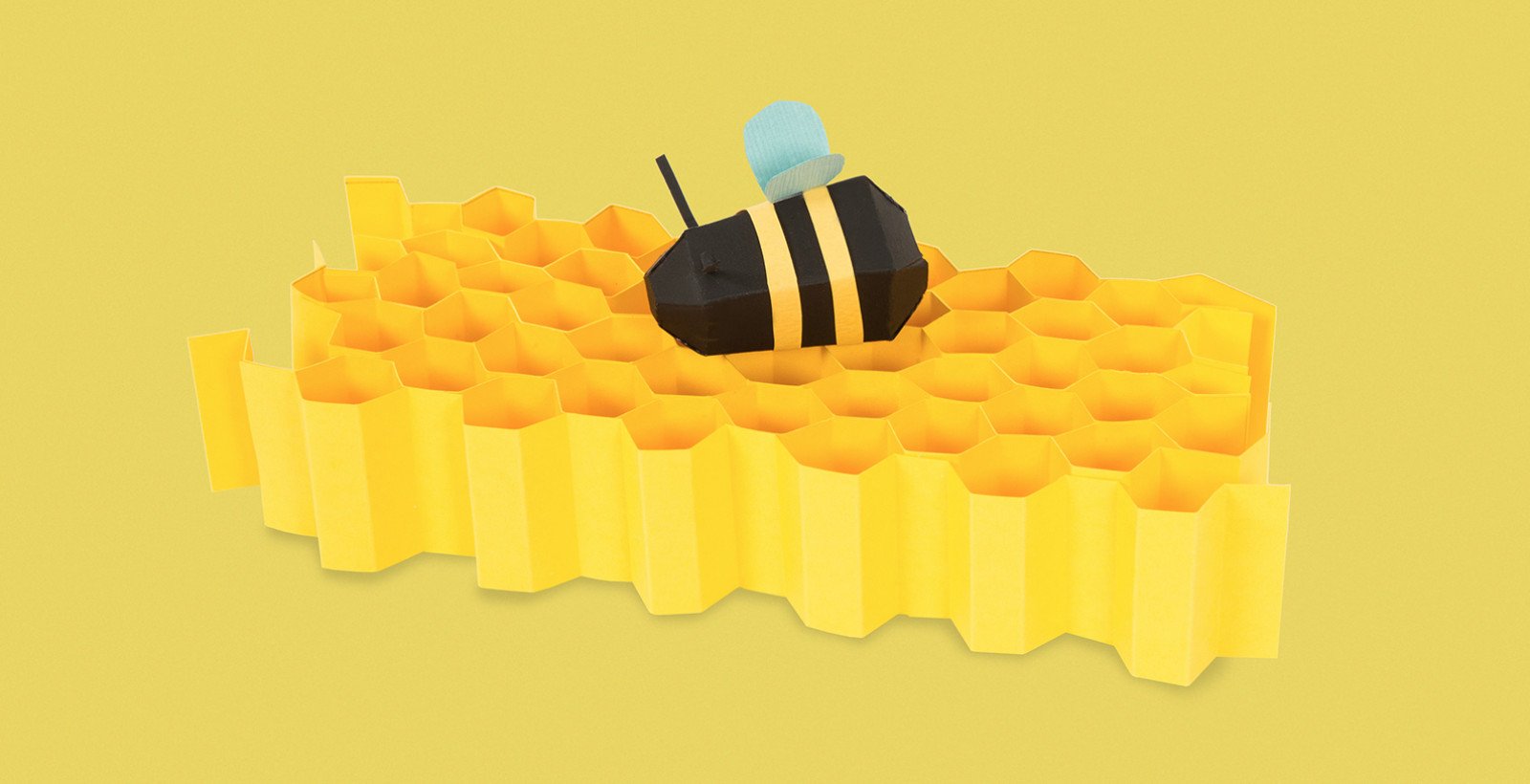
Overview
Your class will be buzzing about how bees pollinate flowers and use dance moves to let their bee friends know where they can find their next meal.
Instructions
What you'll need
Bee smart
- 3 or more bowls
- Bingo chips
- 3 different sheets of coloured paper, cut into 1 cm X 1 cm squares
- Double-sided tape
- Small paper wings (about 1 cm long), 2 per student
- Internet connection and a screen
- "Bee smart" slideshow (French version available)
Crafty bees
- 1 section of a cardboard egg carton per student
- Black and yellow markers or paint
- Googly eyes
- Paper
- Scissors
Bee smart
- Before class, fill the bowls with bingo chips.
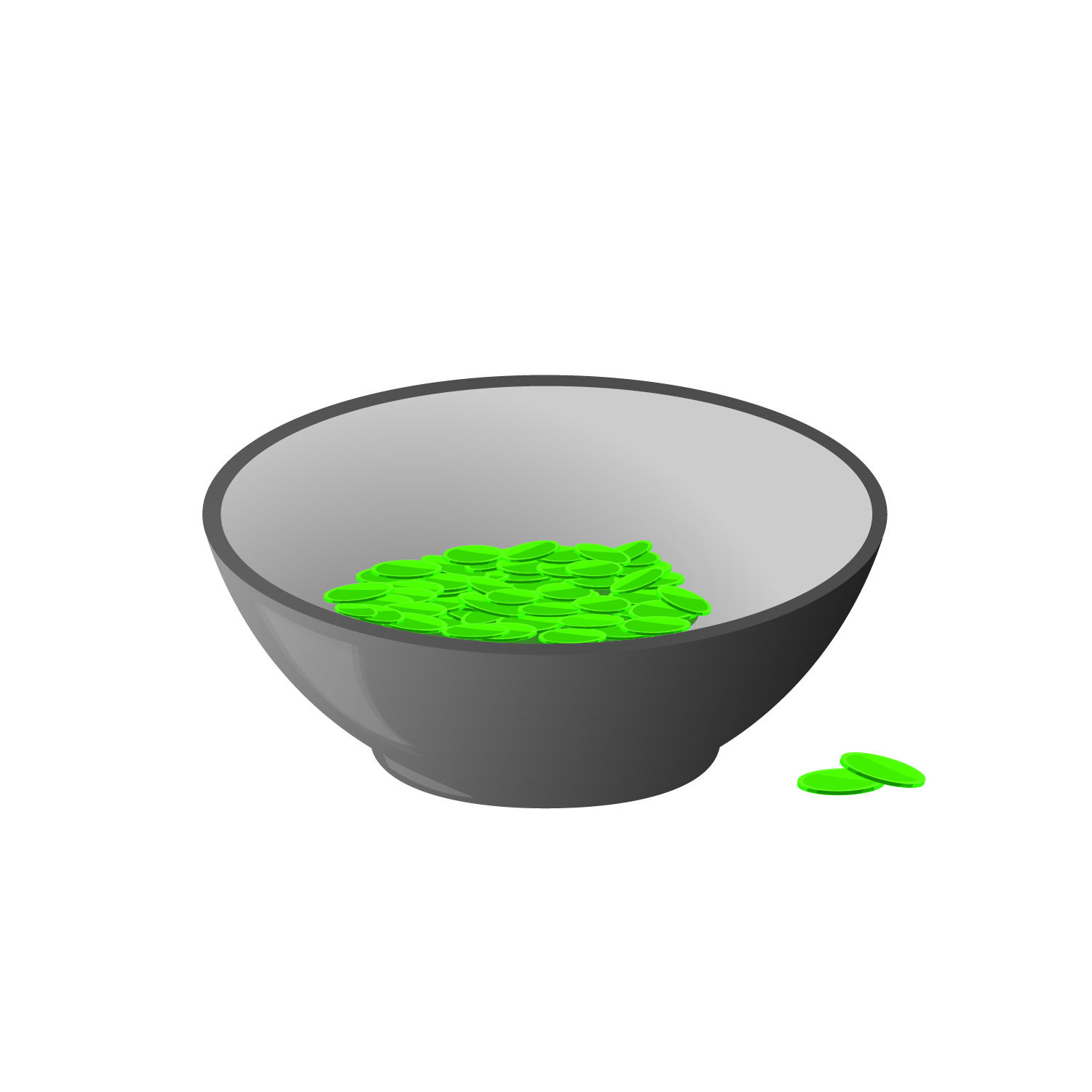
- Then add the paper squares on top of the bingo chips. Each bowl should have a different colour of paper in it (e.g. one bowl filled with yellow squares, one with pink squares and one with blue).
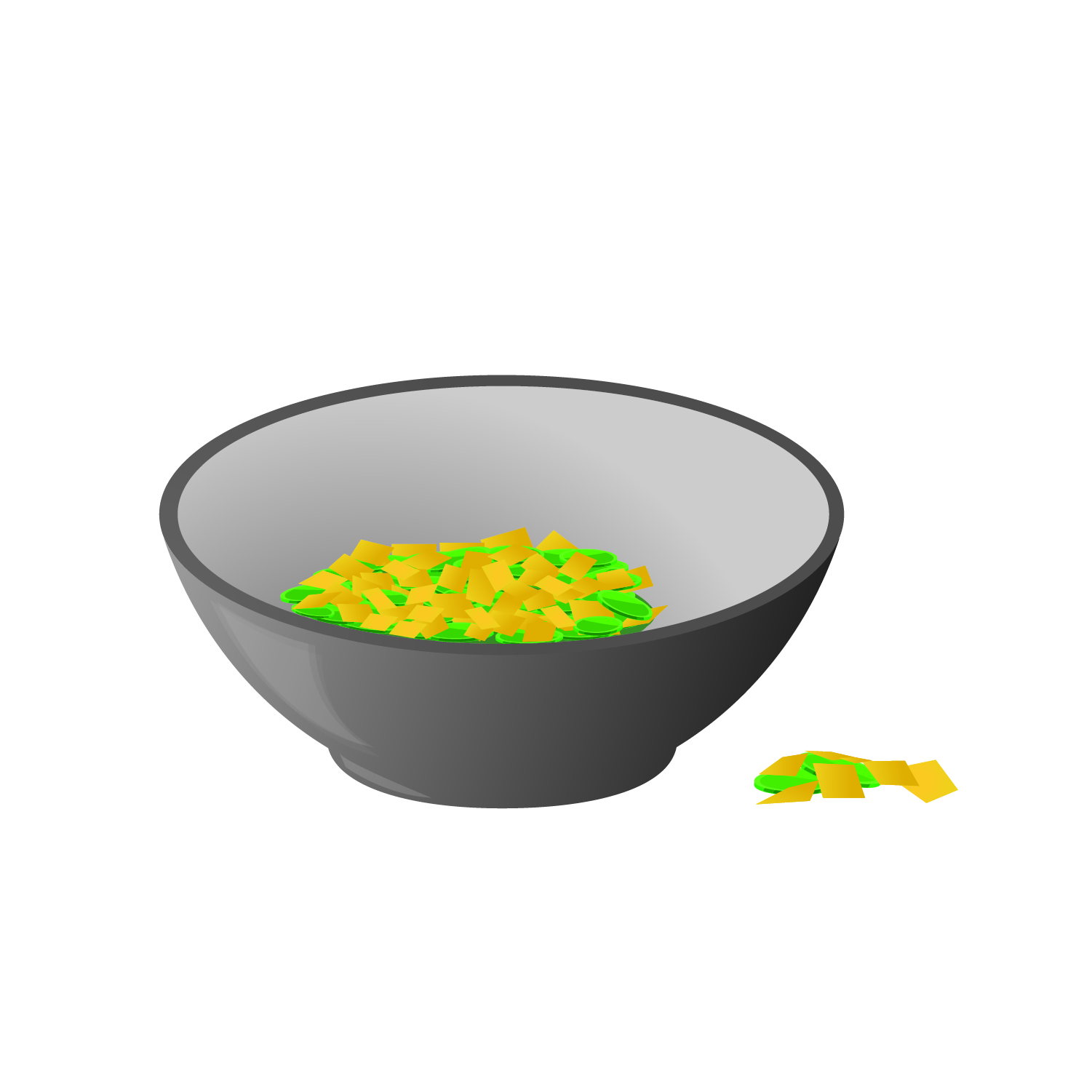
- Ask students to share what they know about bees (they make honey, they fly from flower to flower, and so on).
- Explain that bees get nectar (their food) from flowers and when they fly from flower to flower this helps pollinate the flowers. Pollination is a process that allows plants to reproduce to make seeds so that new plants can grow.
- Let’s see pollination in action by playing a game. Each student places double-sided tape over the nail of their index finger. If you want, you can attach small paper wings to the tape on their finger (younger students may need some help with this). Now their finger is a buzzing bee.
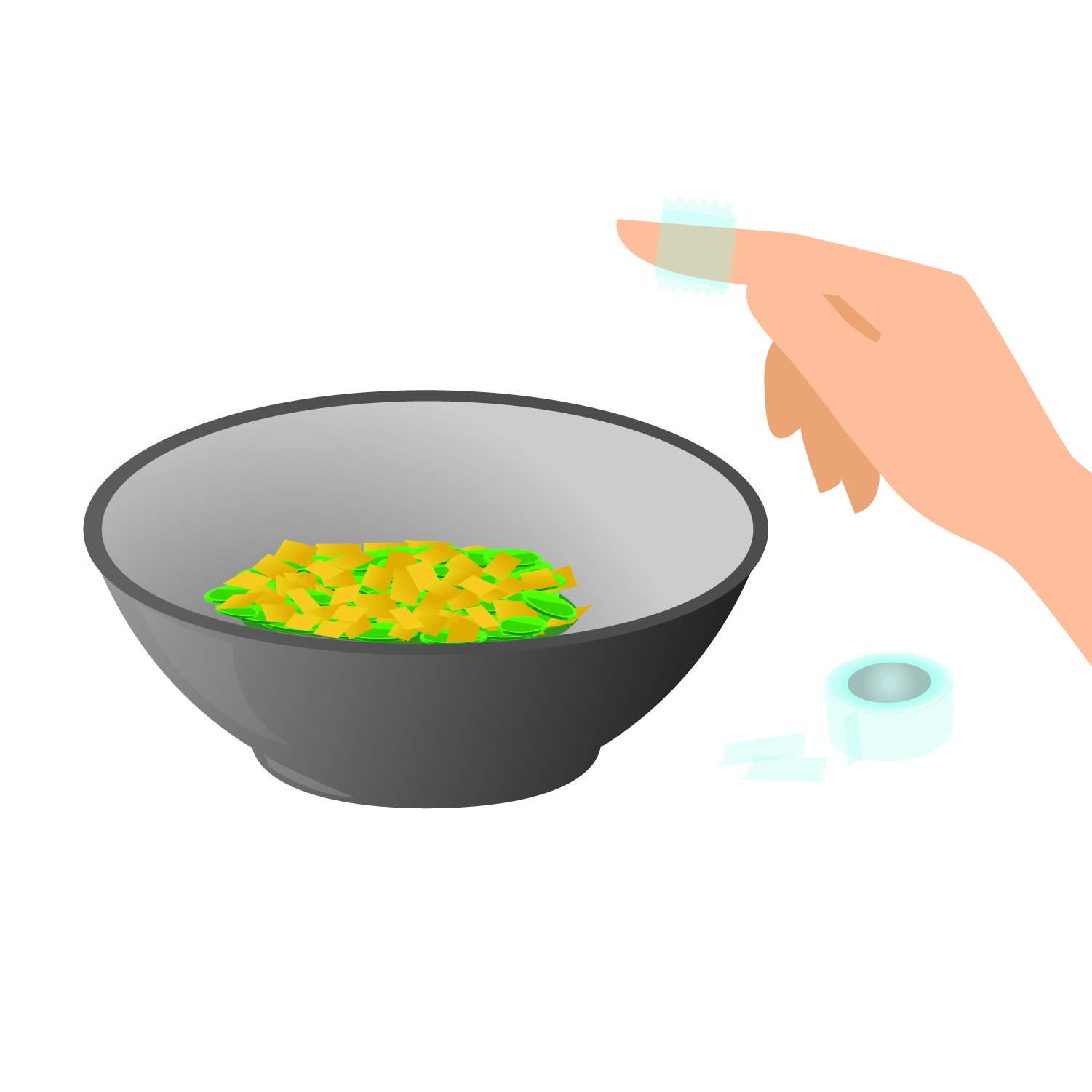
- Place the bowls around the classroom and explain that the bowls are flowers, the bingo chips are nectar (food) and the paper squares are pollen.
- Students fly like bumblebees to one bowl, and dip their bee (finger) in the bowl to take one bingo chip (the nectar). While they’re taking the nectar, the paper squares (pollen) will stick to the double-sided tape on their finger too. Students then fly to the next bowl where they should leave their paper (pollen) before taking another bingo chip (nectar), picking up even more paper bits (pollen) along the way.
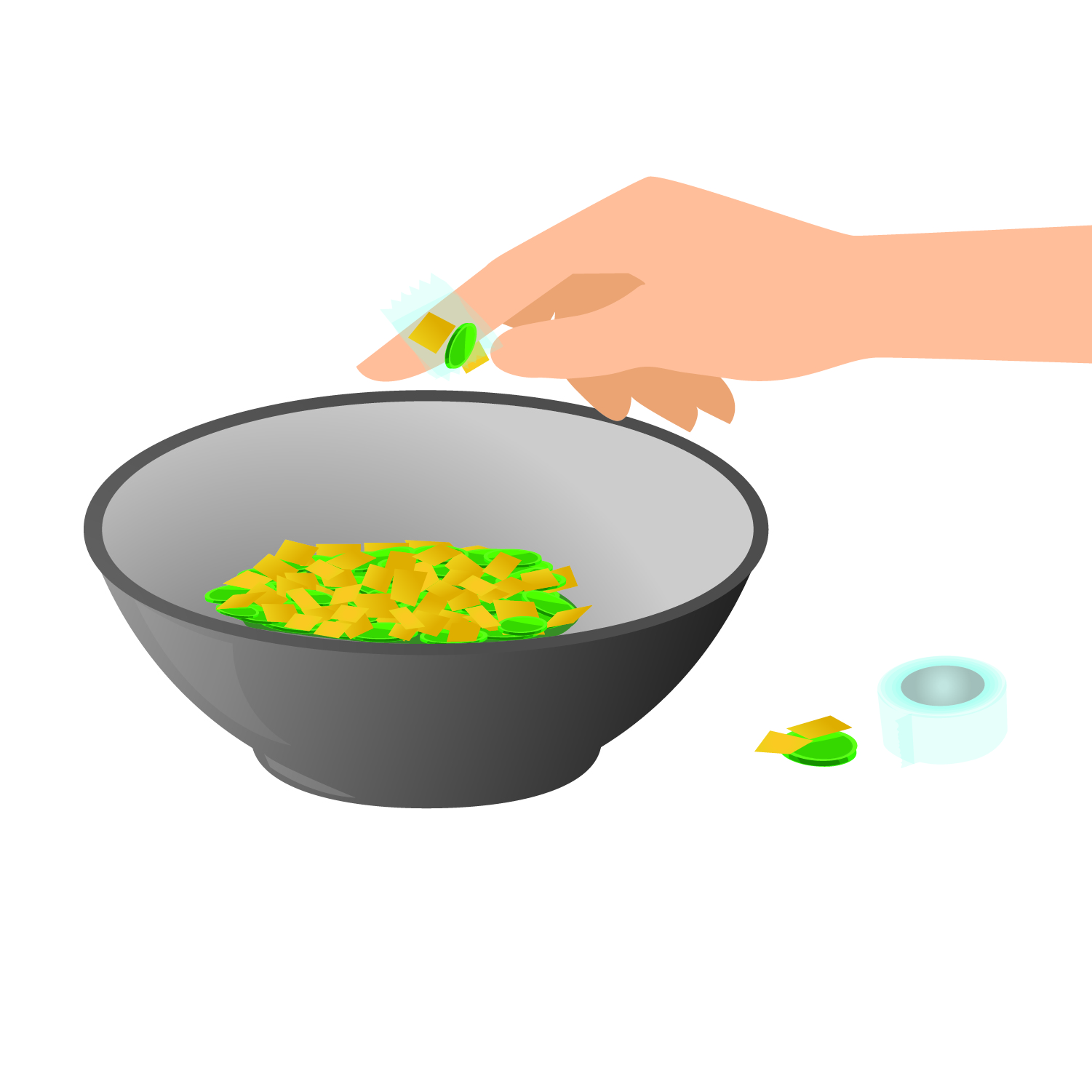
- At the end, the bees take their nectar back to their desk (hive).
- Show the class how the bowls (flowers) now have a mix of different colour paper. This is how flowers get pollinated.
- While bees collect nectar for food they are moving pollen from flower to flower.
- Launch the “Bee smart” slideshow to learn more about bees and how we can help them.
- Slides 1-15 - play a trivia game to learn how busy bees are.
- Slides 16-17 - guess what some of the fruits and vegetables need bees to pollinate them.
- Slide 18 - discover what is hurting bees.
- Slides 19-20 - let’s take action to help the bees.
Crafty bees
- Have students collect these supplies:
- paper egg cartons (1 egg section per student)
- black and yellow markers or paint
- googly eyes (2 eyes per student)
- paper and scissors
- Cut out the egg carton so that each student has 1 section, and have students colour or paint their egg carton section yellow.
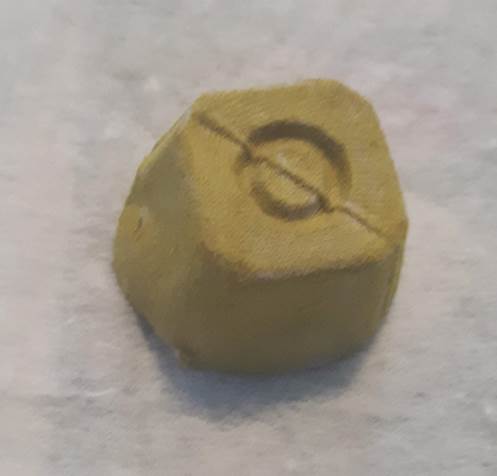
- Have students draw bee stripes and a mouth.
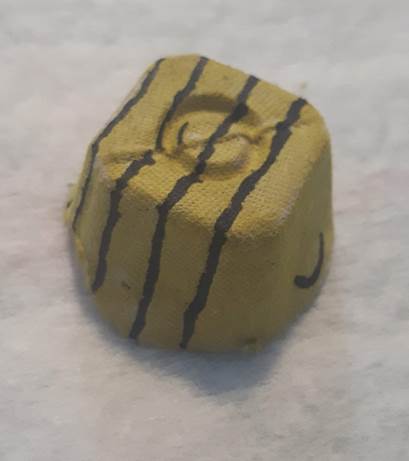
- Have students cut out paper to make small wings for their bee.
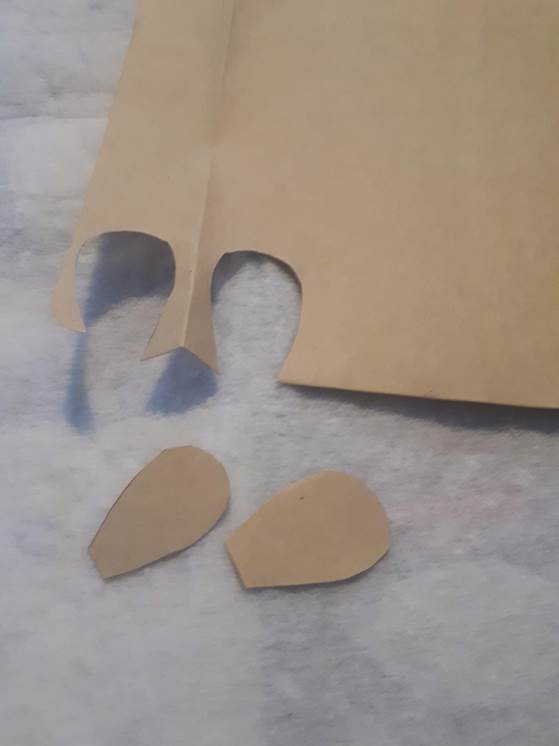
- Glue the wings to the top of the bee and add googly eyes to complete your new bee friends.
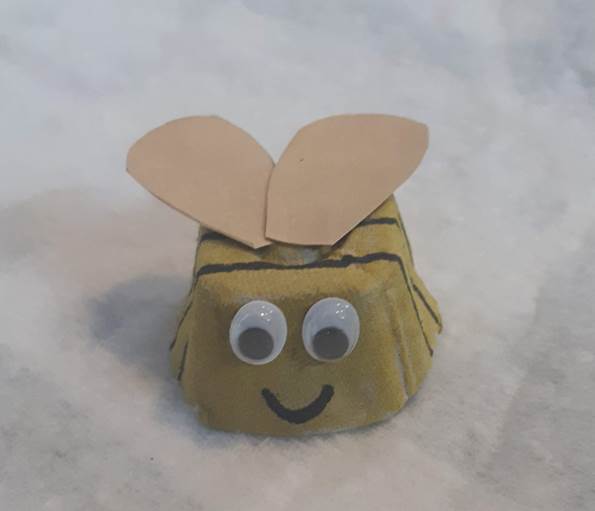
- Print out a photo or draw a large sunflower as a class, then attach your bees to the sunflower.
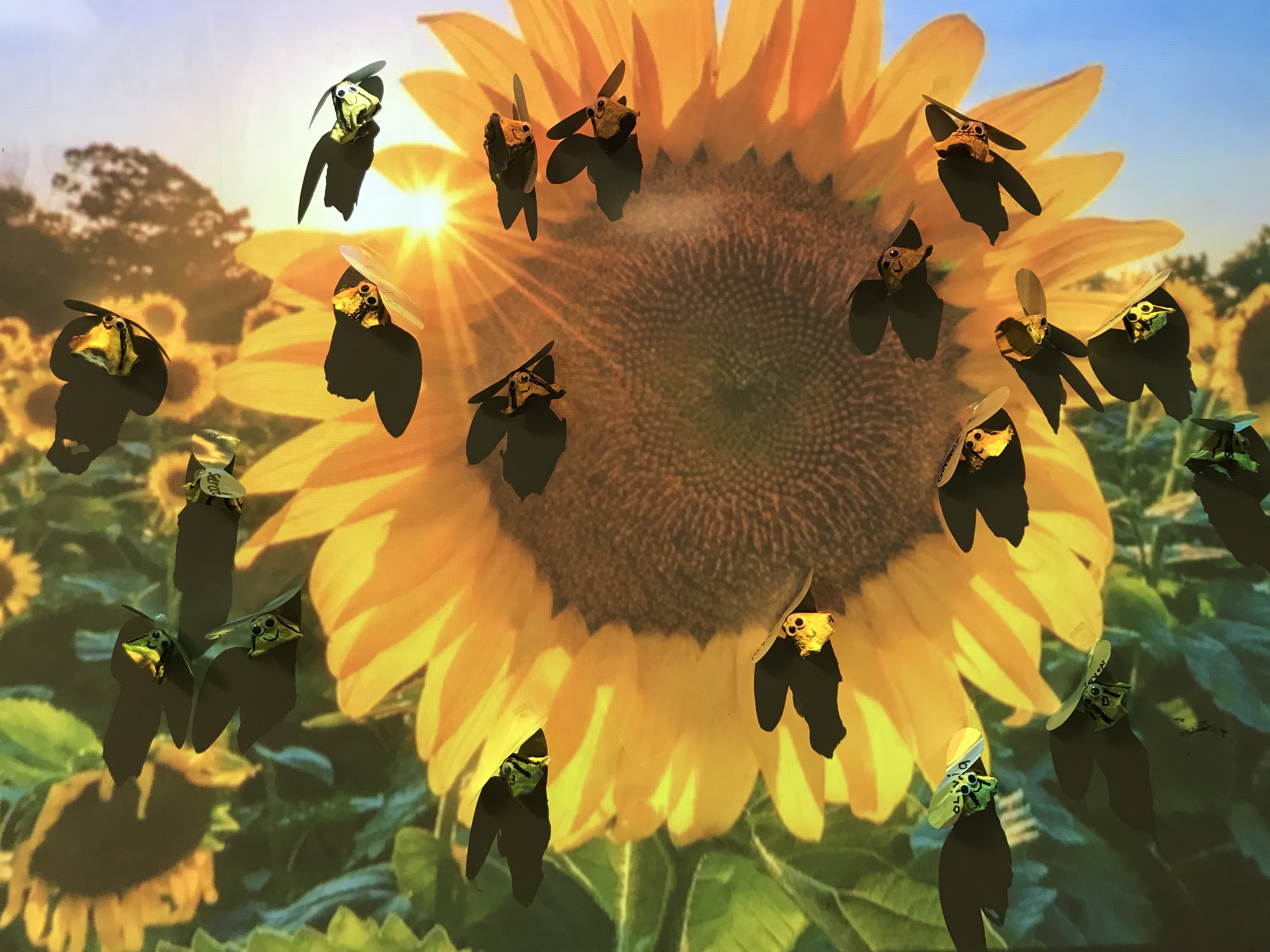
Modify or extend this activity
- Get active and play the Waggle Dance game:
- Print out or draw 8 different flowers, then head outside or go to the gym.
- Divide the students into groups of 4-5 students and give each group a flower. Each group plays the game separately.
- All of the students are bees. 1 student in each group hides the flower while the others close their eyes and count to 20. After the flower is hidden, the student comes back to the group, and dances and waggles like a bee to show where the flower is. They can wiggle fast if the flower is close but remember no talking or pointing. When the other students in the group think they know where the flower is, they go to find it.
- Once the flower is found, start over again with another student hiding the flower.
- If you can, and the snow has melted, take the students outside in a vegetated area.
- How many flowers can you find?
- Do you see any pollinators like bees, butterflies, moths, and even flies?
Curriculum Fit
The activities engage students in sharing ideas and solutions, having fun learning and moving, and exploring and caring for bees through creative thinking and making.
Core competencies
Communications
- Connect and engage with others (to share and develop ideas)
- Collaborate to plan, carry out, and review constructions and activities
Thinking
- Creative thinking: novelty and value
- Critical thinking: develop and design
Social responsibility
- Contributing to community and caring for the environment
The activities also connect to a variety of grade-specific curricular competencies and content in a variety of subjects including Physical and Health Education, Science, Arts Education and Social Studies.
Assessments
- Assess students’ understanding of how bees pollinate and communicate.
- Assess students’ participation in outdoor play and cooperation with others.
- Assess students’ thoughtfulness in ways to help the bees.
Teaching Notes
We need the bees
We need to protect bees, they are essential to pollination and many other species depend on bees for survival. Threats to bee species include use of pesticides, monocultures and habitat loss, pests and diseases.
BC Hydro and the bees
Bees, other pollinators, can benefit from wildflowers under power lines. Pollinators – especially bees – are an integral part of a healthy ecosystem and an invaluable asset to food production.
One of the ways to help support the work of these pollinators is to use the open spaces in power line corridors to create pollinator-friendly habitat.
Young people can take action
Young people can protect and care for our environment. We can empower them by sharing fun and amazing facts about bees, playing amusing bee games and inspiring them to find ways to help the bees like planting flowers and avoiding pesticides to keep bees happy and healthy.






